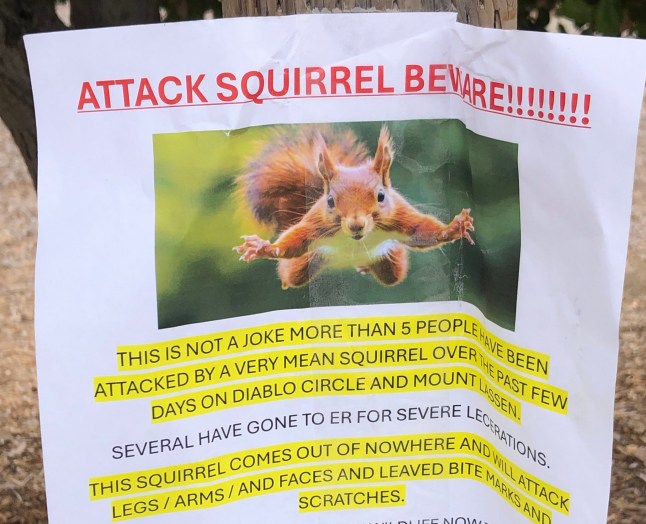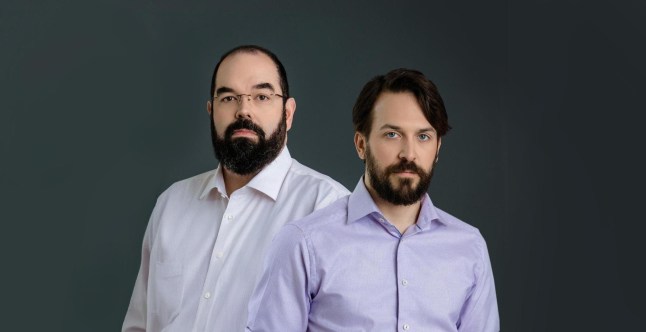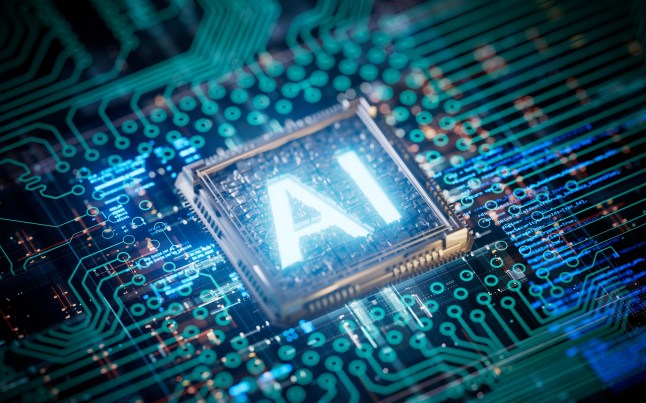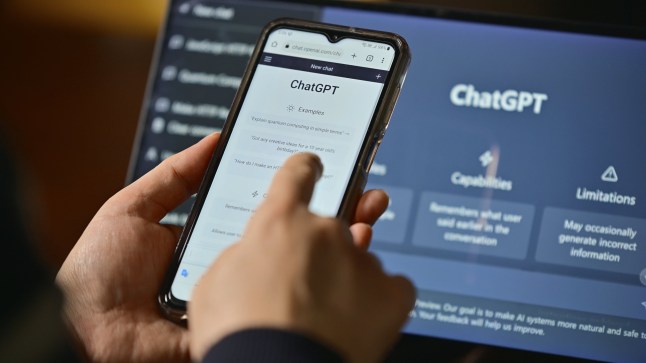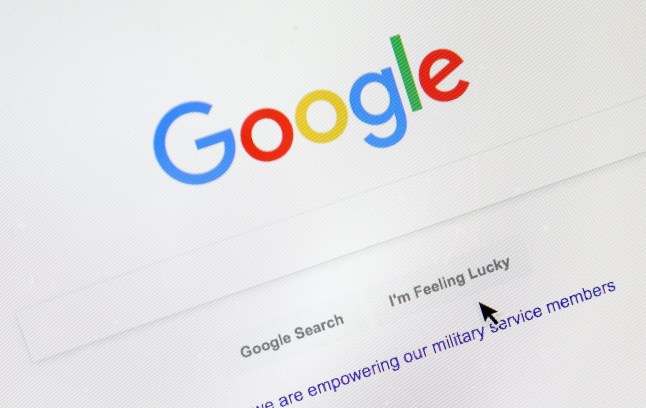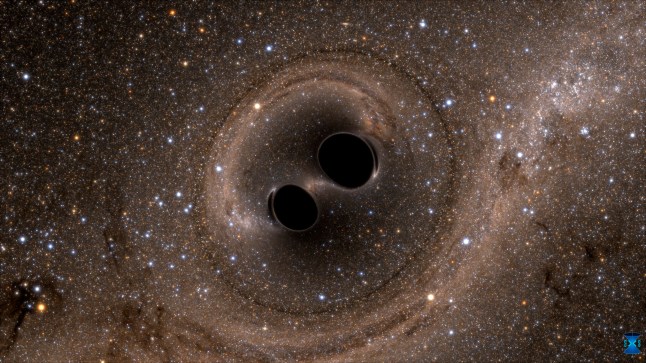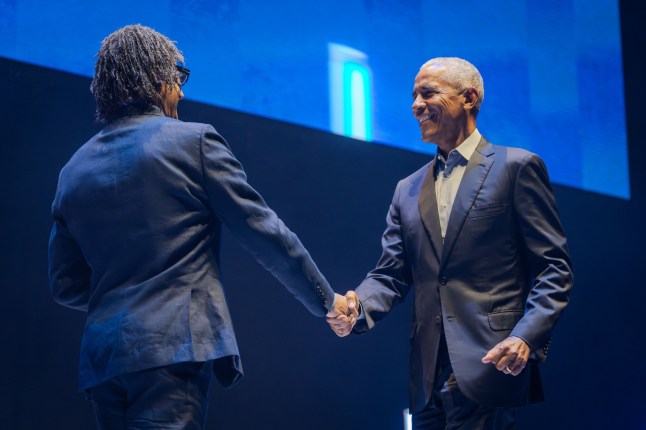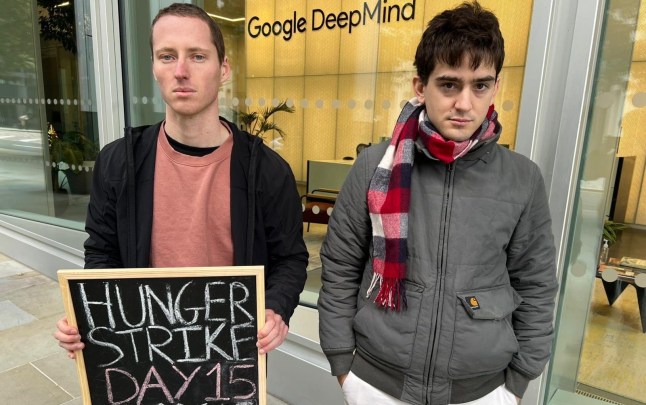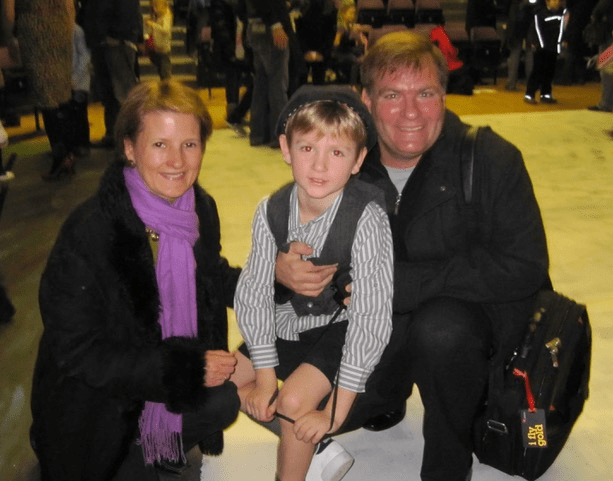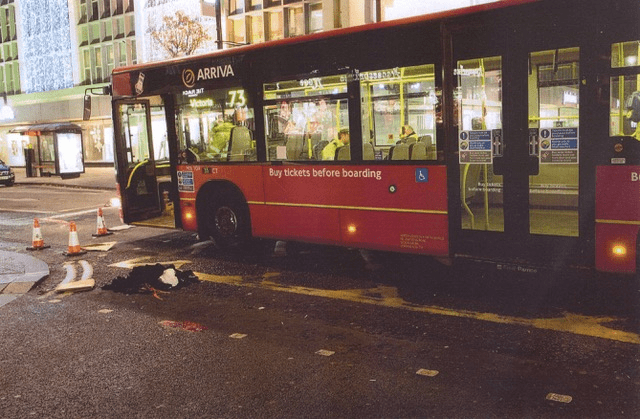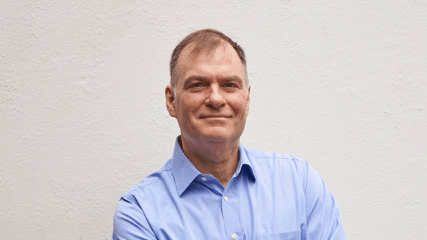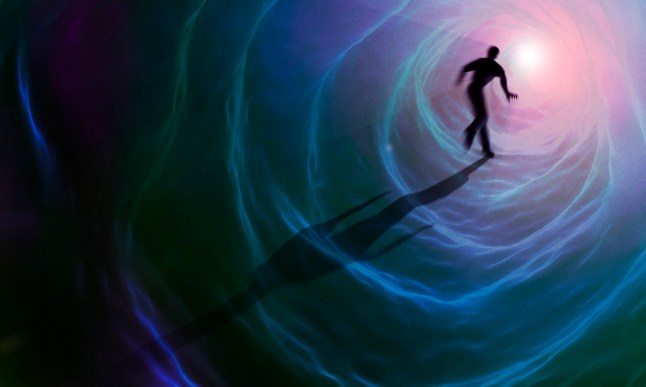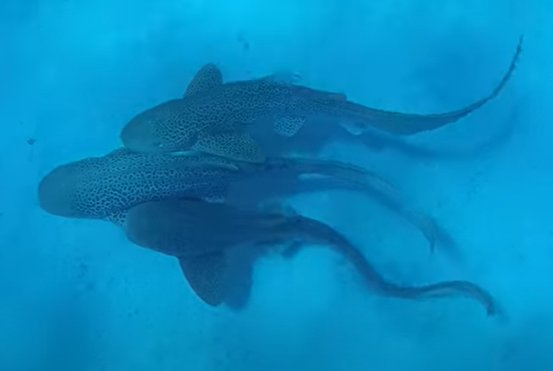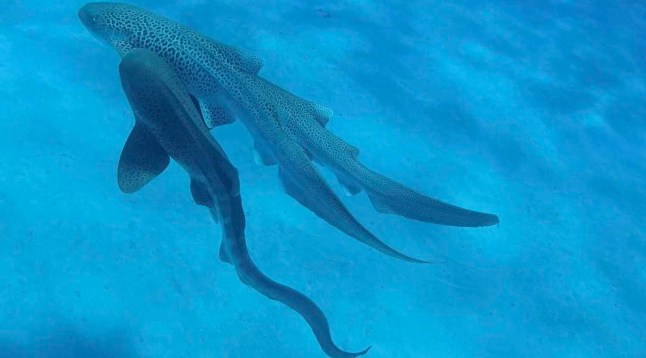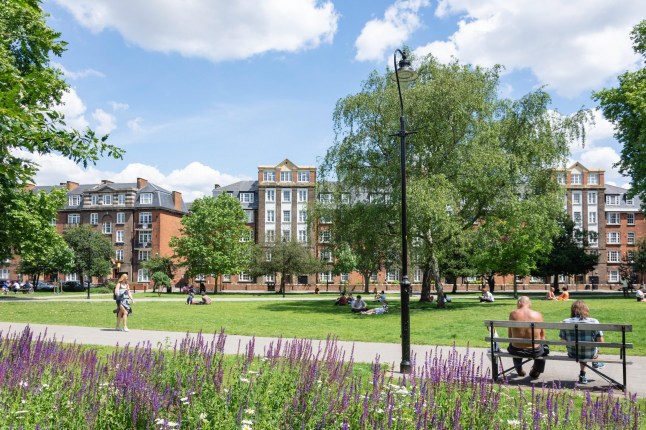
It’s artsy and full of foodies, but you might struggle to afford a home there.
London’s Camberwell has been named the UK’s coolest neighbourhood, upstaging the likes of trendy Shoreditch, Camden, Peckham and Brixton.
Not only that, but the South London disctrict is apparently one of the coolest places to live in the entire world, coming in at number four in Time Out’s list of the World’s Coolest Neighbourhoods for 2025.
It follows closely behind Jimbocho in Tokyo (first place), Borgerhout in Antwerp (second) and Barra Funda in São Paulo in third.
And it beat out spots in Paris, Seoul and Helsinki to crack the top five.
Last year’s UK winner, Stokes Croft and St Paul’s in Bristol, failed to make the cut in the brand new league table.
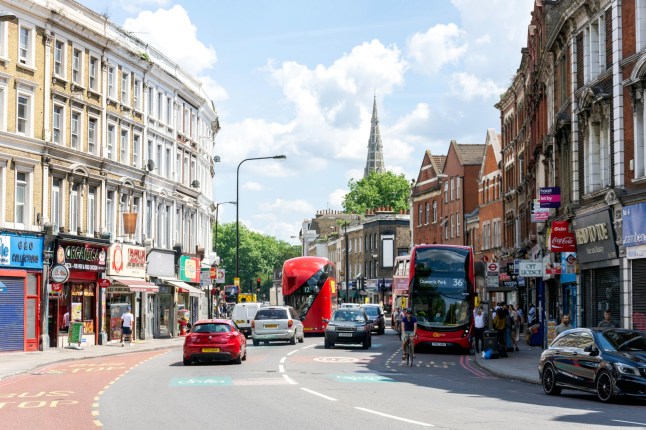
All of the neighbourhoods were ranked on factors like nightlife, art, culture, and affordable food and drink, as well as independent businesses and local character.
Camberwell was selected as one of the coolest for its ‘young-at-heart vibe’ and ‘indpendent spirit’ – you won’t find big chains there.
If you’ve passed up this chic quarter of the city, you’ve been missing out, so stick around, because Metro has compiled all of its must-sees and local-approved hot-spots.
From where to get the ultimate sandwich to contemporary art galleries to explore and handcrafted wares, Camberwell offers cool with a touch of homegrown goodness.
Here’s everything you need to know about the South London location…
The world's top ten coolest neighbourhoods:
- Jimbocho, Tokyo
- Borgerhout, Antwerp
- Barra Funda, São Paulo
- Camberwell, London
- Avondale, Chicago
- Mullae-dong, Seoul
- Ménilmontant, Paris
- Nakatsu, Osaka
- Vallila, Helsinki
- Labone, Accra
Latest London news
- E-bike fires set to reach record highs in London after four killed – here’s why
- Fire at Heathrow Airport after vehicle bursts into flames in car park
- London’s most beautiful autumnal walks and where to stop for coffee along the way
To get the latest news from the capital visit Metro’s London news hub.
Food and drink in Camberwell
When it comes to pints, pastries and delicious dinners, Camberwell has it all.
Locals start their mornings off clutching a warm cup of caffeine from Lumberjack Coffee.
Known for its mean flat whites, there is often a queue but once you’ve ordered you can shop while you wait. There’s a mini store inside filled with kitchenware, farm shop goods and handmade scented candles. A hidden little garden area is tucked in the back if you want to sit for a while.
To make things even better, every coffee you buy goes to a social enterprise which helps equip a young person for the world of work.
Alternatively you have TOAD Bakery another local hot-spot for pastry-hungry pilgrims, from classic cinnamon buns to a leak, stilton and chestnut croissant.
It’s the go-to since the beloved Grove Lane Deli, dubbed an ‘absolute favourite’ on TikTok, closed its doors after becoming too successful and the owner not wanting to expand the business. The heartache felt by locals was real, with one sharing they were shaken ‘to their core’.

Hermit is the ultimate pub for a pre-dinner pint, often full to the brim with people, meaning there’s a great atmosphere.
For pub lunch and dinners, the Grove House Tavern is all the rage. It has a residency of Mondo Sando, dubbed ‘probably the best sandwich shop in Britain’ by restaurant critic, David Ellis.
If that floats your boat, then head to Cafe Mondo on Peckham road to the home of the sandwich and feast on the fried chicken cutlet offering or the ultimate BLT.

Every cool neighbourhood has a market
From Borough Market to Portobello Road Market, the Columbia Road Flower Market and, of course, Camden Market – no ‘cool’ place is complete without one.
Camberwell is no different, Camberwell Green Farmers’ Market operates every Saturday from 10am to 3pm. It’s got everything from fresh bread and meat, to homegrown vegetables, as well as freshly pressed and bottled juices.
You mustn’t miss the freshly made La Tua Pasta or craft beer offering Drunken Bee Mead, though.

It’s on the art scene
If you’re one who enjoys pondering the meaning of art, then Camberwell has you covered. The South London Gallery offers countless free art exhibitions, film screenings and even workshops.
It boasts the original gallery and a second building in the newly converted fire station just down the road.
Yto Barrada’s art will be hanging here for a while, spanning textiles, sculptures and paintings in an abstract theme.
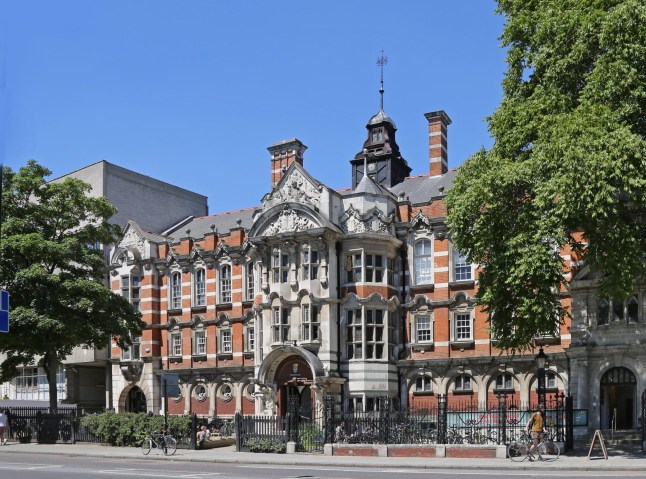
But it’s not just the art you have to appreciate – you can appreciate a good pastry in the gallery’s cafe or pick up some limited edition prints in the gift shop.
If you’re keen, you could even wander the secluded garden out back – you can make a whole afternoon of it.
Life as a local
Living in one of the world’s coolest neighbourhoods doesn’t come cheap, in fact, terraced properties sell here for an average of £949,771, while a detached home fetches more than one million, according to Rightmove.
Flats here are more respectably priced, but still steep, at an average cost of £453,427.
Another major downside is that it’s not the most well-connected area, with your closest tube stations being Kennington and Oval for the Tube, or Denmark Hill for Thameslink services. But, you can be at London Bridge, Kings Cross and Euston pretty darn quickly.
Metro's thoughts on Camberwell…
Metro’s newsletter editor lives near Camberwell and is a big fan of the area, so naturally she’s thrilled by its ranking on the list.
Sophie said: ‘Finally Camberwell getting the love it deserves!
‘Church Street has hands down some of the best food in the city– from legendary cheap eats like Falafel & Shawarma and Silk Road to really great neighbourhood restaurants like Hello Jojo and Theo’s.
‘It’s also less pretentious and way more laid back than a lot of ‘cool’ neighbourhoods – it’s still got that London buzz. Fantastic pubs, cute parks – there’s even a jazz bar in the church crypt.
‘Doesn’t get cooler than that.’
Do you have a story to share?
Get in touch by emailing MetroLifestyleTeam@Metro.co.uk.
